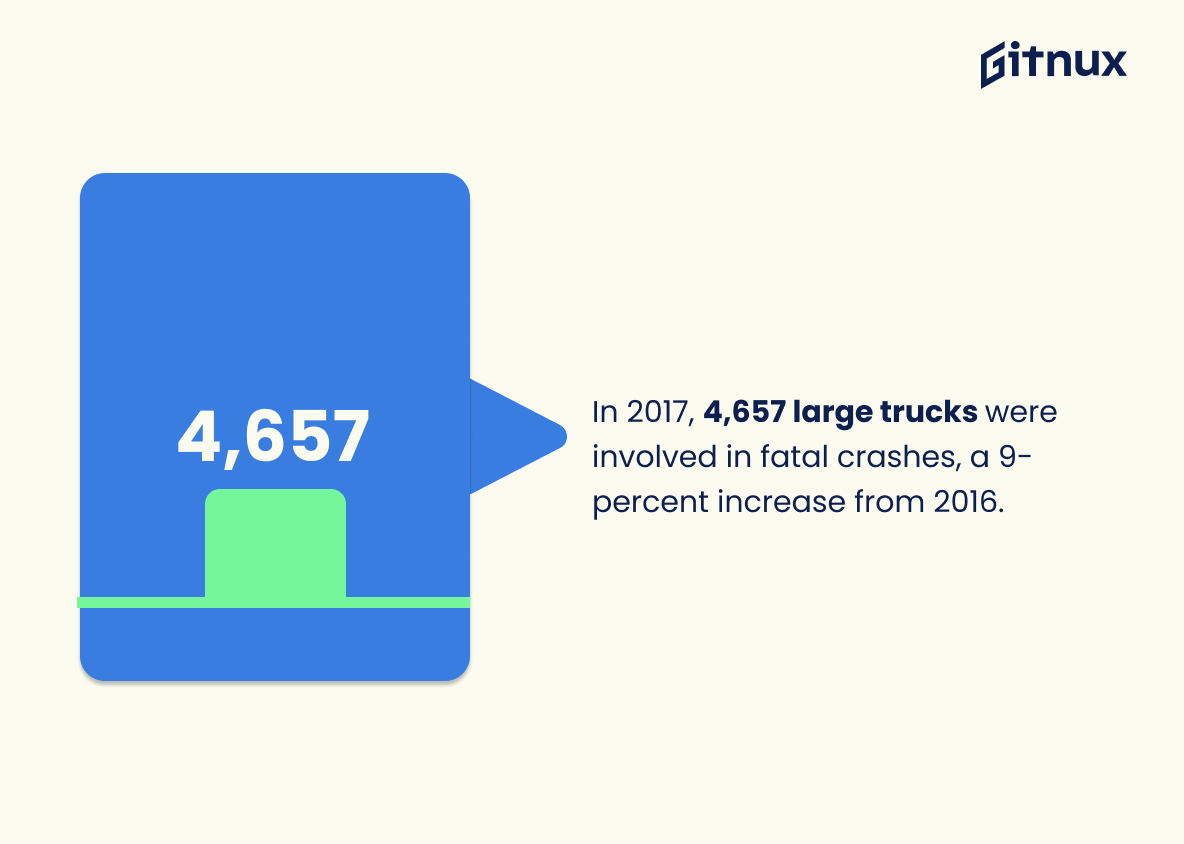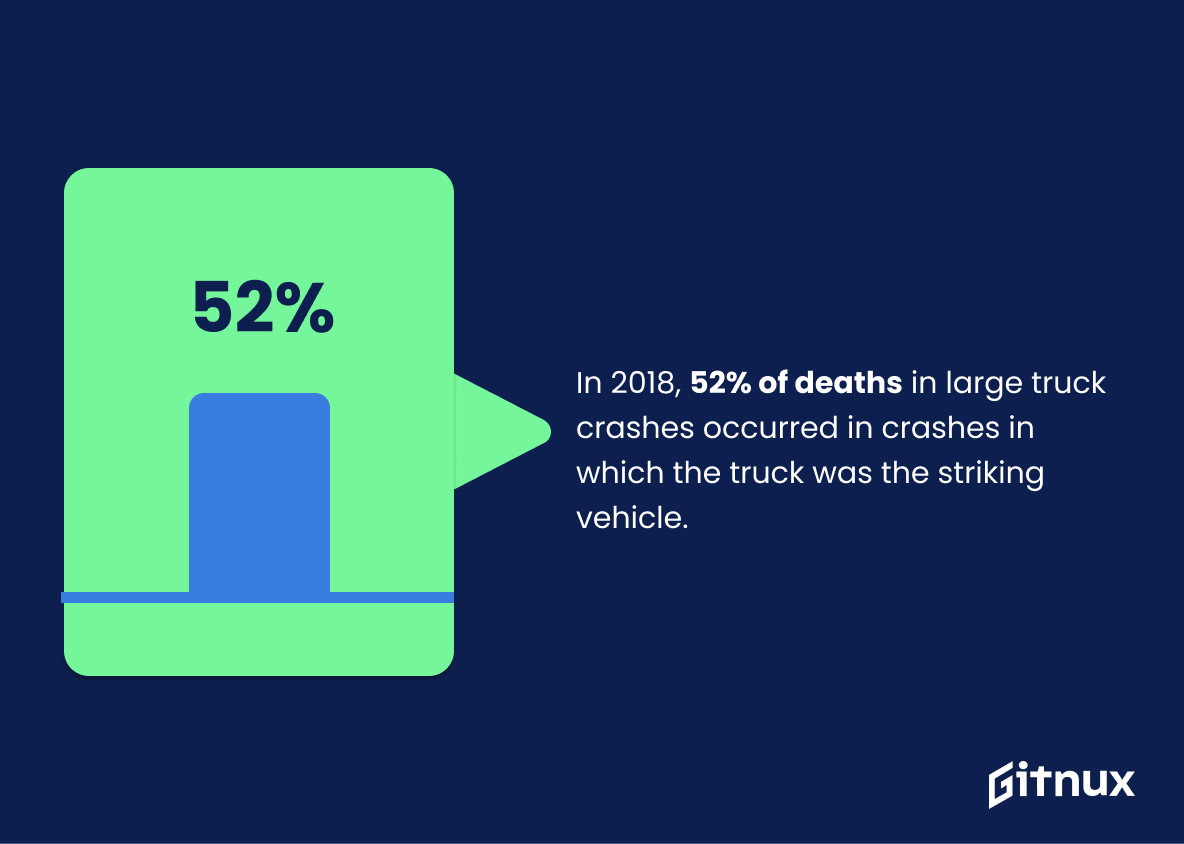As we progress further into the golden age of technology, the importance of semiconductors in our daily lives continues to grow insurmountably. Everything from your petite smart watch to colossal data centers operates using these remarkable components. Unarguably, the semiconductor industry lies at the heart of current and future technological advancements.
In this blog post, we will delve into the pulsating world of semiconductors, unearthing influential statistics and trends that shape this ever-evolving industry. Armed with data and factual insights, whether you’re an investor, a stakeholder, a tech enthusiast, or just curious, you will get a comprehensive picture of this high-growth, high-stakes market. Buckle up for a ride into the statistical powerhouse of the semiconductor industry.
The Latest Semiconductor Industry Statistics Unveiled
The global semiconductor market was worth $452 billion in 2018.
Diving into the heart of the Semiconductor Industry’s statistics, we hit one striking data point, the breathtaking $452 billion worth of the global semiconductor market in 2018. This number is more than just formidable, it signifies the immense scale and influence of the semiconductor industry and offers a barometer for its robust financial health.
Quantitatively illuminating the value of this industry, this data is a testament to the profound role semiconductors play in our technologically-driven societies. Additionally, it sets the stage for gauging future industry growth, shaping economic policies, and guiding investment decisions. Thus, this statistic serves as a compelling backdrop for the narrative of the Semiconductor Industry’s contribution to the global marketplace.
The US held a market share of around 47% of the global semiconductor industry in 2019.
Illuminating the immersive influence of the US in the global semiconductor industry, the 47% market share it held in 2019 serves as a potent indicator. In the cosmos of Semiconductor Industry Statistics, this statistic forcefully underlines the US’s dominate role, underscore the nation’s substantial contribution, and exemplifies the global dependency on the US semiconductor industry.
Furthermore, it provides a benchmark by which to measure the growth, competitive landscape, and future trends within the industry. This striking percentage magnifies the sheer power and impact of the US within this sector, emphasizing its relative importance in international tech manufacturing and innovation.
China is the top consumer of semiconductors globally, representing 34.4% of all consumption in 2018.
Shining a spotlight on China as the globe-trotting leader in semiconductor consumption, commanding a robust 34.4% slice of worldwide usage in 2018, casts a vivid picture of the gravity of this nation in the semiconductor industry tableau.
A statistic of this magnitude underscores the exponentially rising demand for semiconductors, with China at the helm, illuminating the colossal potential for growth, innovation and investment in this sector. For those tracing the pulse of semiconductor industry’s trends, the above statistic offers food for thought, unraveling a narrative of how regional consumption patterns could shape the course of the industry.
The global semiconductor silicon wafer market was valued at $9.85 billion in 2019 and is projected to reach $13.64 billion by 2027.
Shining a spotlight on the burgeoning economic power of the semiconductor silicon wafer market, let’s examine this riveting statistic. Valued at a stunning $9.85 billion just two years ago in 2019, it is projected to escalate to an impressive $13.64 billion by 2027. This illuminates the white-hot growth and potential of this industry, offering economists, investors, and market enthusiasts a view into the future. The escalating figure not only accentuates the rapid advancement of technology, but also illustrates the increasing dependency and integration of these tiny, unassuming wafers in every sphere of our digital lives.
Essentially, this statistic takes center stage in a blog post on Semiconductor Industry Statistics as a testament to the industry’s pulsating growth and the silent, yet momentous revolution it is leading. The forecasted growth jump acts as a beacon signaling significant opportunities, handsome returns, and an optimistic future for stakeholders in the semiconductor industry.
Japan’s share of the global semiconductor market was around 9% in 2019.
Highlighting Japan’s 9% stake in the global semiconductor market in 2019 serves as a crucial data point in understanding the broader mapping of the semiconductor landscape. This pivotal piece of information reflects Japan’s role and influence in this sphere, offering readers a perspective on its position amidst international competition.
Moreover, it contributes to illustrating trends, shifts, and movements within the global semiconductor ecosystem and steers the discussion towards its usages and impacts on various industries and technologies. Whether this share represents a leap or slump for Japan, it indicates not only the country’s performance but also shapes the international narrative on technological developments, investment routes, or policy strategies.
Samsung Electronics was the number one semiconductor vendor by revenue in 2020, with market revenue of 60.61 billion U.S. dollars.
This piece of information considerably amplifies Samsung Electronics’ weight in the narrative of the semiconductor industry. The staggering figure of $60.61 billion underscores their leadership in the highly competitive market. The fact that Samsung emerged as the top earner in such a dynamic sphere gives us a peek into the adaptability and innovation inherent to their approach.
Consequently, it provokes thoughts about their strategic choices, quality of products, and customer base. Hence, when dissecting Semiconductor Industry Statistics, Samsung’s top-spot revenue achievement becomes an unmissable benchmark – a yardstick against which other players can be measured and future trends predicted.
The market for automotive semiconductors was estimated at $38 billion in 2018.
The radiant spotlight shone on the figure – a towering $38 billion – representing the estimation for automotive semiconductors market in 2018. This awe-inspiring statistic is not just a number, it’s a global testament. It’s a testament standing tall, representing the pivotal position of semiconductors in the automotive world.
It helps to unfold the story of how the industry, once a mere idea, is making huge strides in the world economy. It also sketches out a clear path bridging the past and future of both automotive and semiconductor sectors. Therein lays the intense significance of this figure within the realm of semiconductor industry statistics on your blog post.
By 2024, the global semiconductor Intellectual Property market size is expected to reach $7.01 billion.
Forecasting a boom, the Semiconductor Intellectual Property market will dramatically ascend to a staggering $7.01 billion worldwide by 2024. As the lifeblood of tech innovation, this surge signifies an era of explosive growth, fueling advancements across industries. Thus, offering statistical allure to the narrative of the blog post dedicated to the pulse of the Semiconductor industry, underscoring not only its robust vitality but also its accelerating dynamism.
The semiconductor industry spent 9.7% of sales revenue on capital investment in 2021, compared to 14% in 2001.
A fascinating insight from the data illuminates the semiconductor industry’s changing landscape over the past two decades. By comparing capital investment outlays in relation to sales revenue, we can see how financial commitments have evolved. In 2001, an aggressively buoyant approach is evident, as 14% of sales revenue was funneled back into capital investment. This may reflect a period of competitive expansion or intensive modernization.
Fast forward twenty years to 2021, and a clear shift is evident. Capital investment as a proportion of sales revenue has tapered to 9.7%. This might be indicative of the industry reaching a more mature phase, significant efficiency improvements or evolving investment strategies that don’t require the same hefty capital inputs. Yet, overall it points towards a remarkable progression of the industry’s financial strategies, demonstrating its dynamic nature and adaptability. Indeed, these figures remain an alert signpost on the journey through the semiconductor industry’s intricate financial landscape.
By 2025, the semiconductor manufacturing equipment market is predicted to reach around 83.8 billion U.S. dollars.
In the dynamic landscape of the blog post, one titillating forecast that jumps off the page pertains to the semiconductor manufacturing equipment market. Imagine, if you will, the year 2025. Picture a world where this particular market has bloomed like a silicon lotus to an estimated worth of about 83.8 billion U.S. dollars. It’s more than just a number; it’s a staggering testament to the growth and vitality projected for the semiconductor industry.
This dazzling figure highlights exciting potentials for stakeholders, investors, and innovators. With such a tangible surge in the equipment market, one can anticipate hand-in-hand growth in related sectors, sparking a ripple effect of burgeoning development. Solidifying its relevance even more, this estimation serves as a beacon pointing towards fresh opportunities and even bigger strides in the semiconductor industry. The prediction underscores the global industry’s momentum, bound to impact economies and technology alike.
Consider it a clarion call for the astute readers; the semiconductor industry’s pulse is throbbing stronger than ever, and this ambitious forecast affirms the fact. In essence, it’s only common sense to buckle up for a thrilling ride on the snaking road of semiconductor progression, as 2025 brings an economic boom worth billions.
The semiconductor industry has a projected annual growth rate of 10.8% between 2020 – 2027.
As a beacon guiding the narrative of Semiconductor Industry Statistics, one cannot ignore the pulsating potential illustrated by the projected annual growth rate of 10.8% between 2020 – 2027. This trajectory underscores the vitality and dynamism of the sector, its increasingly indispensable role in technology-enabled lifestyles, and the ripe opportunities awaiting in its future.
Interwoven into our digital age, such encouraging forecast highlights the industry’s relentless innovation, resilience during economic fluctuations, and capacity to generate substantial employment, revenue and investment opportunities. Essentially, this figure acts as a reading on the pulse of the semiconductor industry, signaling a thriving future powered by unceasing technological advancements.
The semiconductor advanced packaging market size is expected to reach USD 67.4 billion by 2028.
A forecast projecting the semiconductor advanced packaging market to skyrocket to a worth of USD 67.4 billion by 2028 commands attention. Not only does it signify an escalating growth in the sector, but it also offers an insight into potential trends. It showcases a vibrant picture of the future, marking an era where innovation and techno-industrial growth are not only a probability but a swelling certainty.
This colossal market size implies a bounty of business opportunities, suggesting rising demands and advancing technologies which could reshape the flooring of Semiconductor Industry Statistics. It makes this statistic a critical pillar when discussing the industry’s potential, profitability, and future driving forces.
The memory market segment of the semiconductor industry generated approximately 124.9 billion U.S. dollars in revenue in 2020.
This figure serves as a powerful testament to the memory segment’s prominent role in driving the semiconductor industry’s gross revenue. Making up a sizeable portion of the industry’s financial muscle in 2020, it underscores the market’s potential and vitality.
It not only quantifies its economic value, but equally important, it paints a clear picture of how indispensable the memory component has become in shaping this modern tech landscape. Therefore, it delivers a critical message that solidifies the key role of memory semiconductors, shaping our understanding and discussion of the industry within the blog post.
Asia-Pacific accounted for 63.5% of global semiconductor sales in 2018.
Highlighting that Asia-Pacific boasted a commanding 63.5% share in global semiconductor sales in 2018 paints a vibrant picture of the region’s seminal role in the semiconductor industry. Simply put, this dramatic figure serves as a testament to the Asia-Pacific’s landscape of technological innovation, manufacturing prowess and market consumption. Not only does it signal the region’s prominence and global influence in the industry, but it also points to potential trends and opportunities for investors, manufacturers, and tech companies worldwide.
Businesses planning on a global expansion strategy might find the region particularly appealing in their pursuit of growth. Similarly, scholars and market analysts might use this significant percentage to trace international trade routes and predict future trends. This fact vibrantly showcases the region’s dominance and is a magnetic north for any reader captivated by the dynamism of the global semiconductor industry.
Conclusion
In sum, the semiconductor industry remains a quintessential driver of the global economy, creating ripples that echo across numerous sectors. The statistics speak for themselves – the consistent growth, continual innovation, and technological advancements are evidence of its inevitable rise. Understanding these statistics is integral for tech investors, sector strategists, and industry innovators who strive to stay ahead of the curve.
As the semiconductor industry continues to evolve, the numbers we dissect today may rise exponentially tomorrow. The commitment to delivering smaller, faster, and more efficient electronic devices promises a future teeming with opportunities, remarkable growth, and unceasing transformation.
References
0. – https://www.www.globenewswire.com
1. – https://www.www.grandviewresearch.com
2. – https://www.www.ncbi.nlm.nih.gov
3. – https://www.www.reuters.com
4. – https://www.www.bcg.com
5. – https://www.www.statista.com
6. – https://www.www.mckinsey.com
7. – https://www.www.pwc.com










